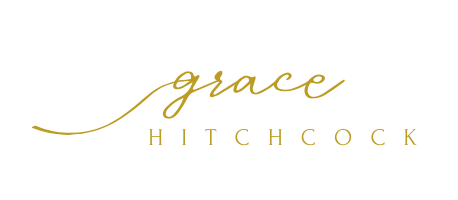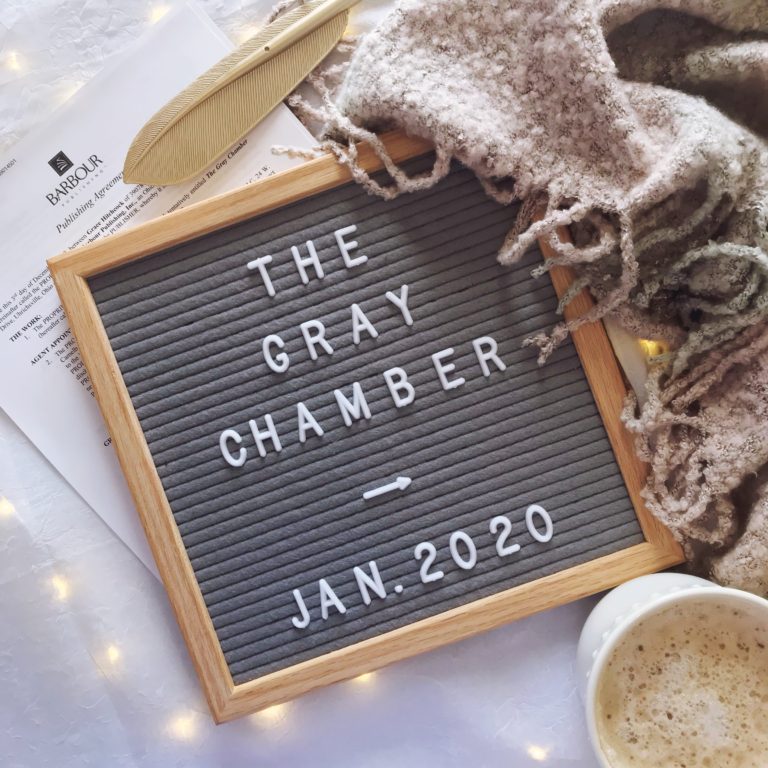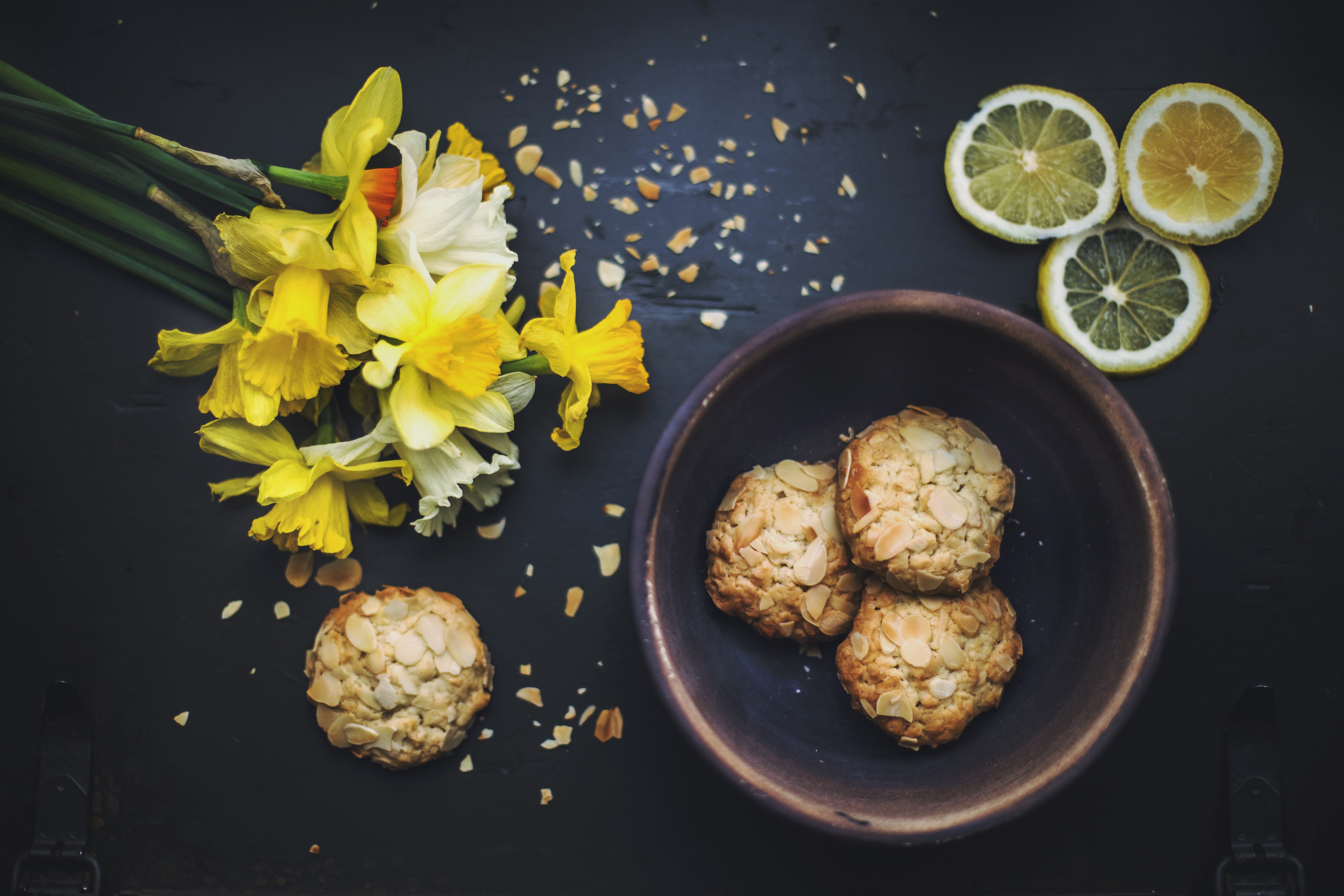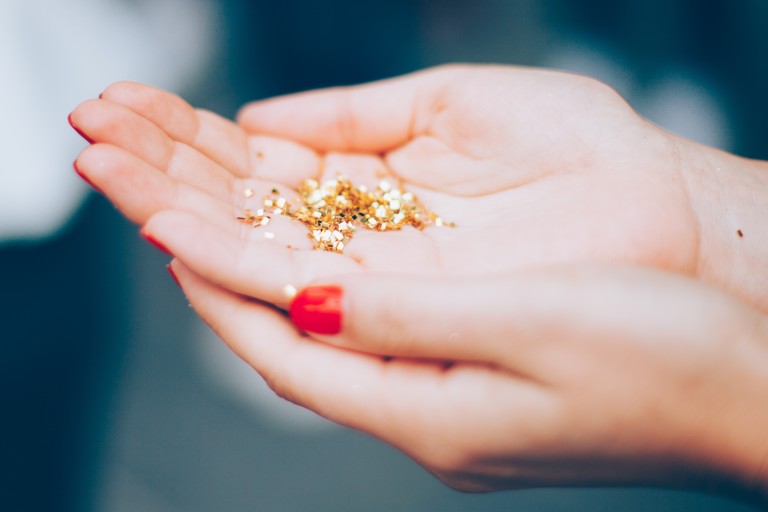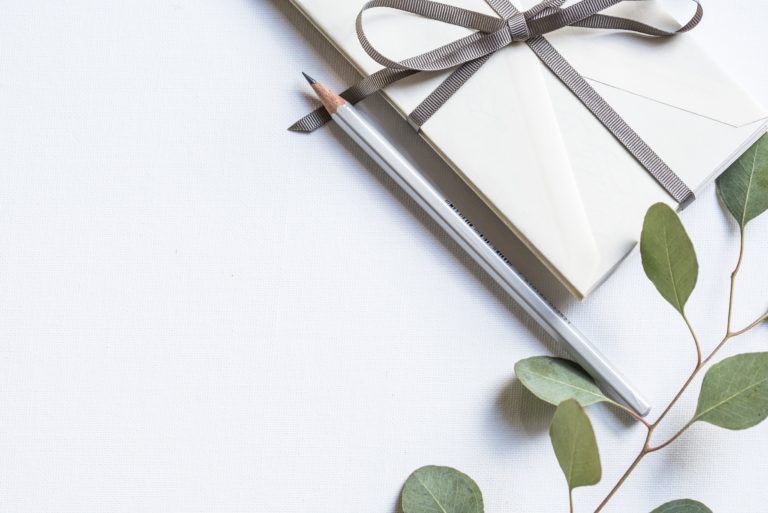Weeding Out False Beginnings

Can I just say that false beginnings are the worst? You pour your heart and soul into the work and the last thing you want to do is send your starting chapters to the compost pile. However, as painful as that may be, you don’t want the clutter of unnecessary weeds to overpower the beauty of your story, so if your book is stronger without those beginning pages, it’s time to put on the gardening gloves and get to work.
In the beginning stages, flower sprouts and weeds can look very similar, so here are a few ways to recognize false starts:
It’s slow. Does it take a while to get going? Is there too much dialogue? Too little backstory? Are you stifling a yawn as you wait for it to get to the good part that you know is coming?
Chapter 2 or 3 grabs your attention more. If chapter one is slow, but the second is really where you are hooked. Start there. You want to hook the reader in the first few pages and not the second chapter.
Did you drop your reader in the middle of the action? While you don’t want to start your story too soon, you don’t want to start too late as dropping the reader in the middle of an action scene could cause confusion, which could result in a premature decision to set down the book.
What to do when you know it’s a false start, but you’re stuck:
Call up a critique partner and a beta reader ! Give them beginnings A and B, which probably means some work on the front end as you need to outline both options for coherent thought flow. If you have already written A and B, email them both versions and see which they like best and then compare responses.
Let it sit. If you aren’t on a deadline, let the two options sit for about a week and just mull it over. If you can’t decide between A or B and your critique partners like them both, you’ve got a great problem! If they don’t like either, now is the time to re-work and re-outline.
Overall, the start of the story is the hardest part for me. By the time I get to the middle and the end, I’m usually flowing because I’ve got the story and plot mostly figured out, but the beginning is so very risky. It’s what sets the tone, pacing and more importantly, what hooks your reader into getting to that beautiful middle and astounding ending.
For more info on the importance of the first chapter, check out this post.
Happy Writing!
Photo Cred: Unsplash.com
